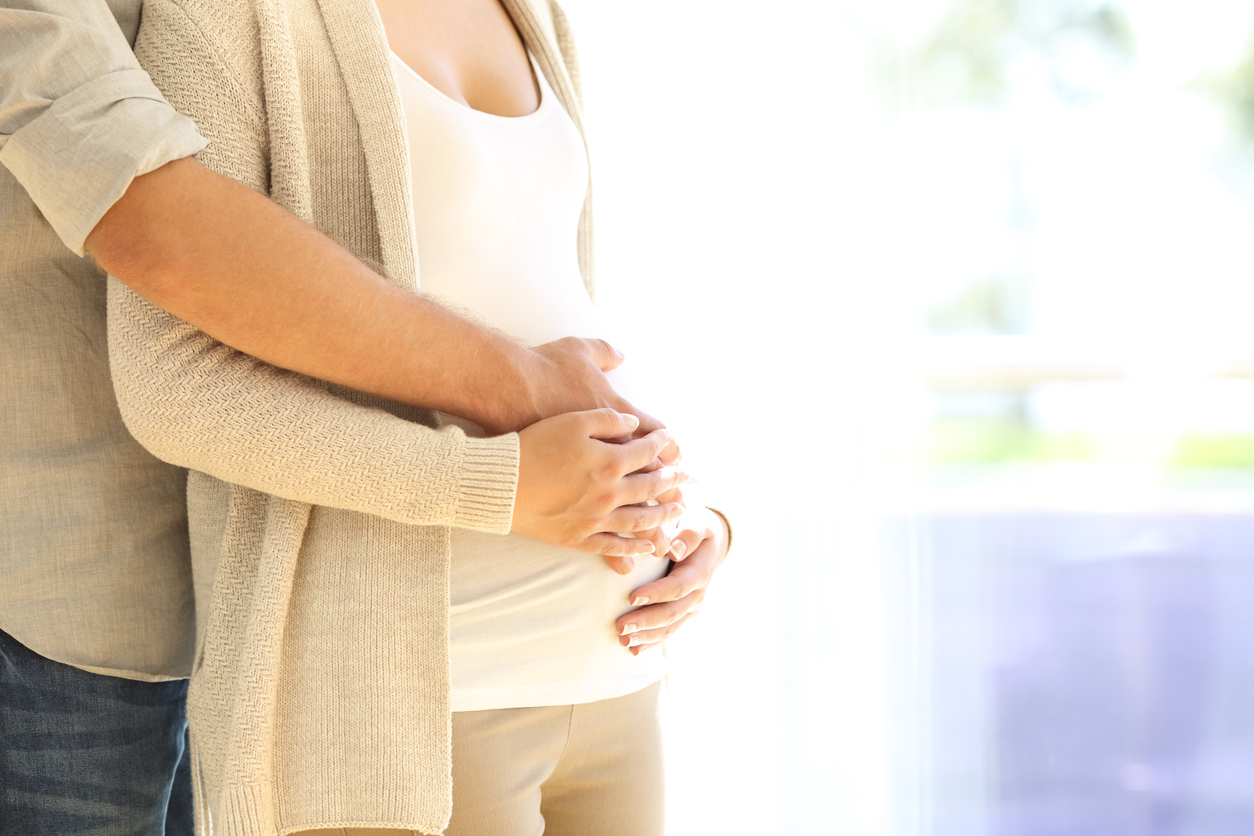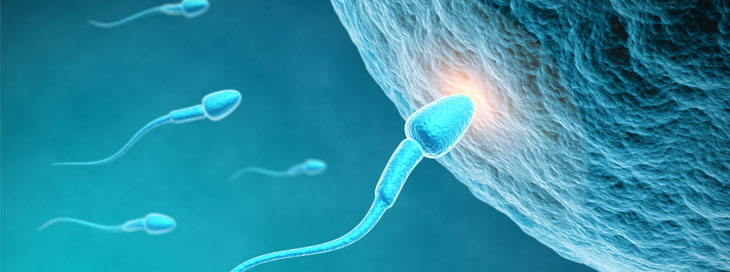
What is intra-uterine insemination (IUI)? Also called “insemination” and “artificial insemination
IUI is a fertility treatment that places treated sperm inside the uterus (womb) close to the fallopian tubes at a time when an egg is being released. IUI is often performed with fertility drugs to increase the chance of pregnancy. IUI can also be performed in a natural cycle, without the use of fertility drugs.
Who might need IUI treatment?
IUI is useful for many situations. It is commonly suggested as a treatment:
- If a couple has unexplained infertility, that is all the tests cannot identify a cause for their infertility
- If the female partner has mild or moderate endometriosis and has not been able to conceive
- If the male partner has a mild sperm problem or difficulty with sexual function
- If the female partner has a cervical condition leading to infertility
- For a woman who wishes to have a pregnancy with donor sperm
- For same sex couples wishing a pregnancy with donor sperm
- Donor sperm can also be used if the male partner has a condition where there are no sperm being made (azoospermia).
STEP ONE
Growing & Monitoring Your Eggs
SCAN #1 Attend the clinic on day two of your period for a vaginal scan and oestradiol blood test. If your scan is normal either fertility tablets (such as Clomiphene or Letrozole) or the stronger FSH injections will be given to you to ensure you grow one or more eggs. You will be called in the afternoon with the result of your blood test and told when to start your medication.
SCAN #2 Attend the clinic on day 9-12 of your cycle (Day 1 of your period = day 1 of your cycle) for a vaginal scan and Oestradiol blood test to see how your eggs are growing. Depending on these results you will either be ready for your treatment (and sometimes may require an injection to release your egg(s)) or you may require some more time to grow your egg(s). Sometimes another blood test or repeat scan is needed along with some home urine testing.
STEP TWO
Sperm production
For the IUI a fresh sperm sample is needed. This should be produced by masturbation in the clinic. It is ideal if there has been a period of abstaining from sexual intercourse or ejaculation for 2-7 days. If you are using a donor sperm sample this will have been arranged before & will be in storage in the clinic.
STEP THREE
The IUI Procedure
The sperm sample is washed and treated in the lab for between 60-90 minutes to concentrate the healthy sperm and increase the sperm’s energy and movement. When ready, the sperm sample is loaded into a thin plastic tube (catheter) for the IUI treatment. This is a simple procedure done in the fertility office and takes around 20-30 minutes. You can go to work or have a normal day afterwards.
An IUI feels similar to having a cervical pap smear performed. An instrument (speculum) is placed in the vagina. The cervix (neck of the womb) is located and cleaned. The sperm is placed inside the womb by passing the thin plastic tube (catheter) through the cervix and gently up inside the womb. Occasionally a clip is placed on the cervix to help the catheter enter the uterus. There is usually no pain with an IUI. Some people may feel cramps in the uterus – like mild period pain, either during the IUI or during the days afterwards.
What are my chances of getting pregnant with IUI?
The doctor will discuss your success rate with you in clinic and recommend how many IUI cycles you should consider.
Each time an IUI is done the chance of becoming pregnant is between 2 – 30%. This will vary depending on your personal circumstances and will be lower particularly with lower sperm quality and in older women (40 years and over).
If both tubes are blocked there is almost no chance of pregnancy with IUI. This is why the clinic will usually ask you to have a tube x-ray before IUI treatment.
IUI Pregnancy rates by a woman’s age
| Trinidad IVF & Fertility Centre IUI success rates | 2012 |
| Number of IUIs performed (all types) | 114 |
| Pregnancy rate in all women (18-45 years) | 18% |
| Pregnancy rate in women 32 years and under | 19% |
| Pregnancy rate (donor sperm) | 33% |
| Multiple pregnancy rate (twins) | 3% |
| Multiple pregnancy rate (triplets or higher) | 0% |
What are the risks of IUI?
Having an IUI is a very safe and simple fertility procedure. There is an increased chance of having a multiple pregnancy, such as twins, of around 8 – 15%. This is more likely if fertility drugs have been used to encourage egg development. There is also a tiny (1/1000) chance of getting a pelvic infection or having overstimulation of the ovaries OHSS. OHSS or ovarian hyperstimulation syndrome is a condition often requiring hospitalization, with many cysts on the ovaries and fluid in the abdomen.
